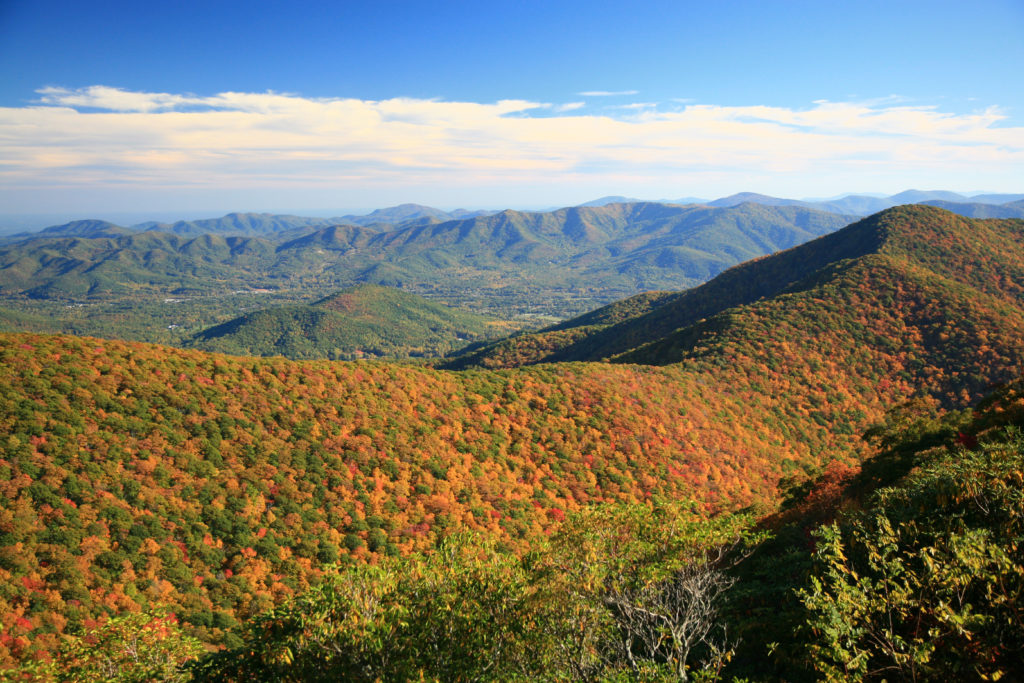STORIES AND THEIR TELLERS: THE VALLEY THROUGH OUR EYES
We’ve all got stories to tell

Storytelling is deeply rooted in the history and people of western North Carolina. For thousands of years, people have used stories for entertainment as they worked or during social gatherings. These stories were not written, but told again and again–often changing with each telling. It wasn’t until the late 1800s that folklorists began collecting and writing down stories. Stories can help us learn about the language, people, and events of our past.
Left: Photo by Wendell Begley, October 2007.

The people native to this area, the Cherokee and their ancestors, possess an extensive, ancient oral history. Before European contact and the creation of the Cherokee syllabary, the only way history could be passed on was from person-to-person. Stories were used for entertainment, to teach morals and values, and to keep Native history and culture alive.
Left: Ayunini, or “He is Swimming” (c1835-1899) A storyteller, priest, doctor, and keeper of traditions for the Cherokee of Western North Carolina. Photo by James Mooney, courtesy of the Smithsonian Institution.
When enslaved people from Africa were brought to the Swannanoa Valley beginning in the late 1700s, they carried with them a vast oral tradition. Most slaveholders forcibly suppressed the languages, customs, and cultures of the individuals they enslaved.
To express themselves, enslaved people often turned to singing and storytelling to convey ideas, morals, and cultural values to the listener.
Right: Sarah Gudger (1868-1938), was enslaved by the Hemphill family in east Buncombe County until emancipation.


Similarly, early European settlers also brought tales with them from their home countries that had been passed down for generations.
Left: Ray Hicks (1922-2003) of Beech Mountain, Watauga Co, NC, was famous for his Jack tales descended from European folklore.
Today, sharing stories–both old and new–continues to be an important part of our
cultural heritage.
Right: Wendell Begley, former Chair of the Swannanoa Valley Museum & History Center, interprets the Valley’s history during a hike.

As you explore this virtual exhibit, read the stories of our people–some whose families have lived here generations, others who sought this place out in more recent years–and how they came to be part of the Swannanoa Valley.